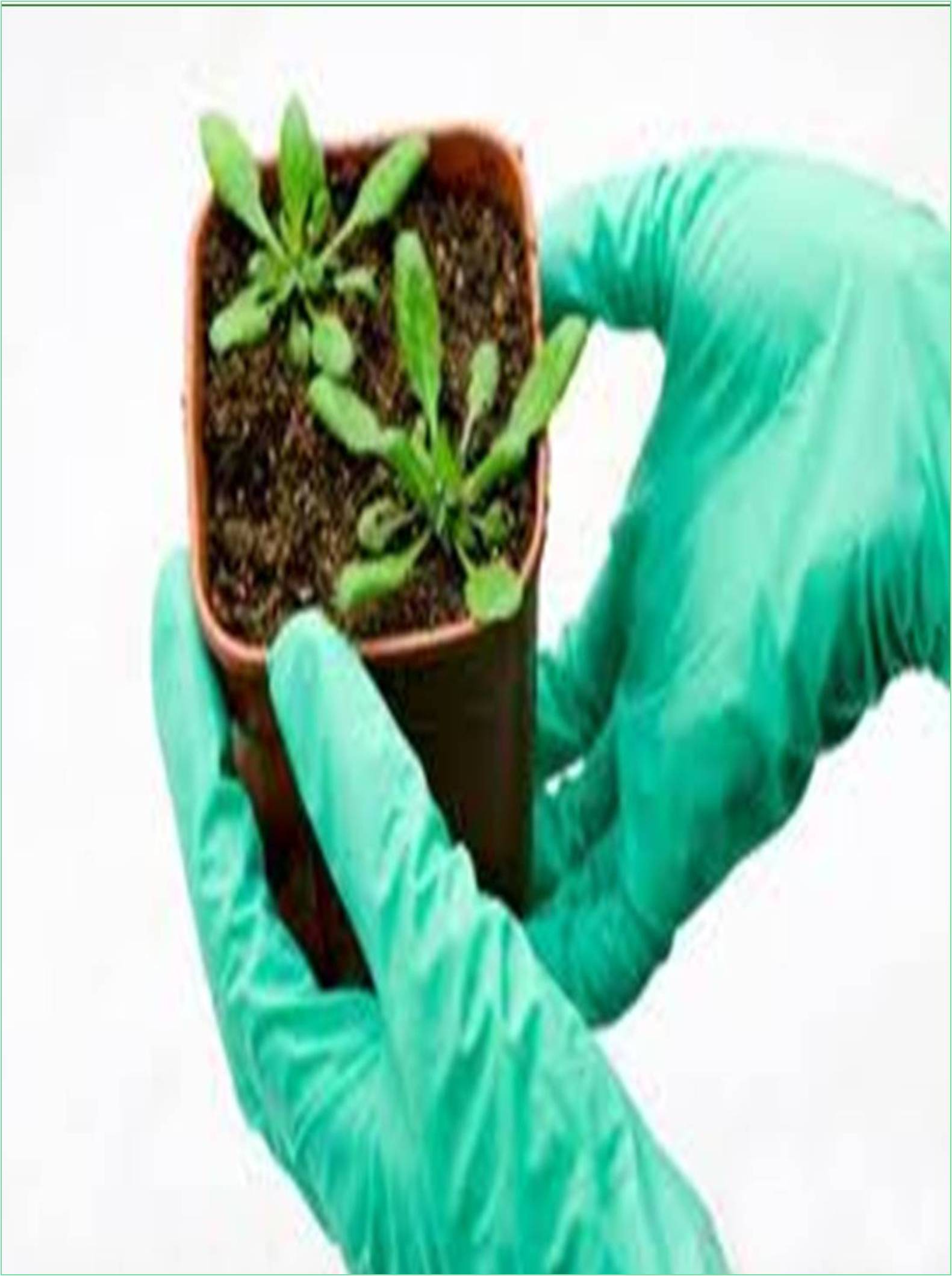



Global Science Research Journals (GSRJ) adheres strictly to certain ethical standards in order to guarantee excellence in scientific publications and to ensure that people receive credit for their works. GSRJ is a member of the Committee on Publication Ethics (COPE) and abides by its Code of Conduct and aims to adhere to its Best Practice Guidelines.
All journals published by GSRJ are committed to publishing only innovative and original material i.e., material that has neither been published elsewhere, nor is it under consideration for publication by another publisher. So, it is of huge significant if authors avoid the following ethical violations.
Data Fabrication and Falsification
Data fabrication and falsification means the researcher did not really carry out the study, but made up data or results and had recorded or reported the fabricated information. Data falsification means the researcher did the experiment, but manipulated, changed, or omitted data or results from the research findings.
Plagiarism
Plagiarism is intentionally using someone else’s ideas, or other original material as if they are one's own. Copying even one sentence from someone else’s manuscript, or even one of your own that has previously been published, without proper citation is considered by GSRJ as plagiarism.
Simultaneous Submission
Simultaneous submission occurs when a manuscript (or substantial sections from a manuscript) is submitted to a journal when it is already under consideration by another journal.
Duplicate Publication
Duplicate publication occurs when two or more papers, without full cross referencing, share essentially the same hypotheses, data, discussion points, and conclusions.
Redundant Publications
Redundant publications involve the inappropriate division of study outcomes into several articles, most often consequent to the desire to plump academic vitae.
Improper Author Contribution or Attribution
All listed authors must have made a significant scientific contribution to the research in the manuscript and approved all its claims. Don’t forget to list everyone who made a significant scientific contribution, including students and laboratory technicians.
Citation Manipulation
Citation Manipulation is including excessive citations, in the submitted manuscript, that do not contribute to the scholarly content of the article and have been included solely for the purpose of increasing citations to a given author’s work, or to articles published in a particular journal. This leads to misrepresenting the importance of the specific work and journal in which it appears and is thus a form of scientific misconduct.
In the event that there are documented violations of any of the above mentioned policies in any journal, regardless of whether or not the violations occurred in a journal published by GSRJ, the following sanctions will be applied:
In cases where the violations of the above policies are found to be outstandingly bad, the publisher reserves the right to take additional measures beyond those described above.